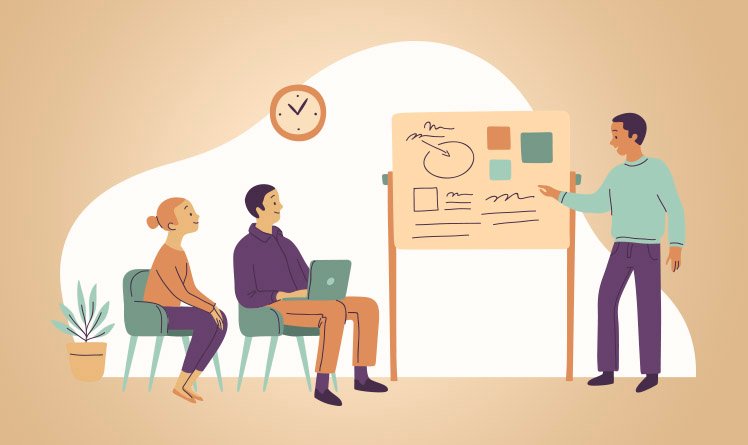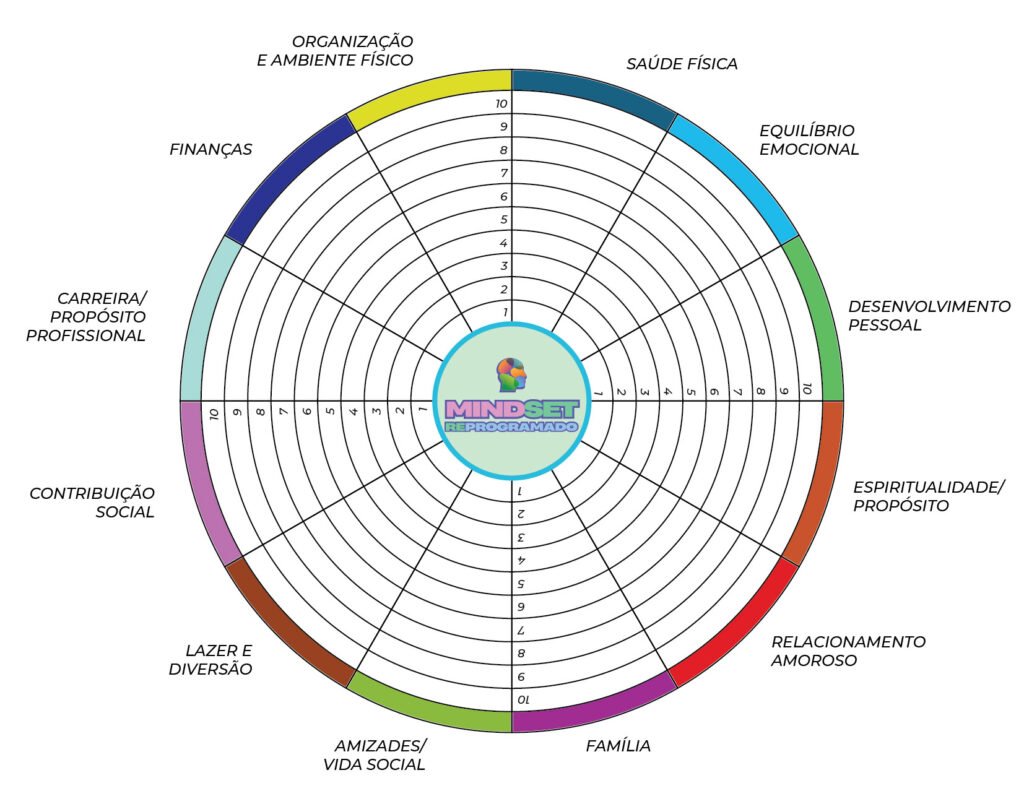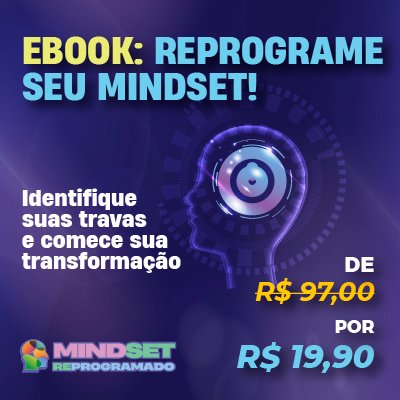Wheel of Life: what it is and how it can help you create a life with purpose and lightness

|
Getting your Trinity Audio player ready...
|
How many times have you felt like you were living on autopilot? Days that begin and end without you having any real awareness of where you're going. If this sounds familiar, don't worry. After all, it's more common than you think. The good news is that there's an incredibly simple and powerful tool that can clearly show you where you are and where you can go. We're talking about Wheel of Life.
This visual representation has the potential to completely transform the way you view your own existence. It reveals, like a mirror, the hidden imbalances in various areas of your life and invites you to reflect: are you building a purposeful life? Or are you simply surviving the chaos of routine?
In the following paragraphs, you'll gain a deeper understanding of the Wheel of Life, how to apply it to your daily life, and why it can be the first step toward living with more meaning and ease. Prepare to look within and redesign your path.
What is the Wheel of Life?
The Wheel of Life is a visual self-awareness tool that allows you to objectively assess your level of satisfaction in key areas of your life. Imagine a circle divided into slices, like a pizza. Each slice represents a dimension of your life: career, health, relationships, spirituality, finances, leisure, personal development, and more.
The Wheel of Life allows you to evaluate areas of your life individually, assigning scores from 0 to 10 to each. This way, you graphically draw a kind of "map" of your current state. It's as if you were taking an emotional X-ray of your life. The final shape of your wheel is a direct reflection of where you have fluidity... and where you're floundering.
Origin and use of the tool in coaching and self-knowledge
Although today it is widely used in contexts of coachingThe Wheel of Life has ancient inspirations and is based on universal principles of balance. Its modern use was popularized by Paul J. Meyer, a pioneer in the personal development industry.
Node coaching, it serves as a starting point for in-depth conversations about goals, blocks, and life direction. On the other hand, self-awareness is a powerful ally for those seeking to understand where they're investing (or wasting) energy.
However, its greatest asset is its simplicity. Furthermore, you don't need any training in coaching to apply the Wheel of Life. So, with paper, a pen, and honesty, you can begin a transformative journey.
What are the 12 pillars of the Wheel of Life?
The 12 pillars of the Wheel of Life are the most commonly assessed areas by those who use this tool. They may vary slightly, but the following are considered classics:
- Physical Health
- Emotional Balance
- Personal Development
- Spirituality/Purpose
- Romantic Relationship
- Family
- Friendships/Social Life
- Leisure and Fun
- Social Contribution
- Career/Professional Purpose
- Finances
- Organization and Physical Environment
These pillars function as indicators that, when analyzed together, reveal the level of harmony (or disharmony) in your life.
"The 12 pillars of the Wheel of Life are: physical health, emotional balance, personal development, spirituality or purpose, romantic relationships, family, friendships, leisure, social contribution, career, finances, and physical environment organization. These pillars represent the essential areas of life that, when evaluated together, offer a clear vision of your personal balance."
How to fill your Wheel of Life in practice
Filling out the Wheel of Life is an exercise as simple as it is powerful. So, the first step is to draw a circle and divide it into 12 equal parts, like a clock. Each of these slices represents one of the pillars of your life, which you already learned about in the previous section.
After naming each area, you'll rate your level of satisfaction in each. The score ranges from 0 to 10, where 0 means complete dissatisfaction and 10 means complete satisfaction. But be careful: be honest with yourself. This isn't the time to appear good—it's the time to see clearly.
For example, if your financial life is disorganized and you constantly worry about debt or lack of savings, this score might be a 3 or 4. On the other hand, if your physical health is good, with a balanced diet, regular checkups, and restful sleep, the score might be an 8 or 9.
Once done, connect the dots on the graph. The result will be a drawing that clearly shows how balanced your life is. The goal isn't for every area to be a perfect 10—but for the wheel to turn smoothly, without too many bumps.
This is the first honest portrait of who you are and where you are. And, above all, it's an invitation to act.

How to interpret your Wheel of Life
Identifying imbalances
Interpreting your Wheel of Life begins with observing its shape. If it resembles a bumpy wheel with uneven edges, this indicates areas requiring immediate attention.
These "holes" often reveal aspects you've been neglecting or prioritizing less than you should. What's more, it's common to notice that excessive attention in one area can be draining energy from others.
Discovering priorities
Once you've identified the imbalances, the next step is to choose your priorities. However, the area with the lowest score isn't always the most urgent. After all, what matters is the impact it has on the rest of your life.
For example, a romantic relationship in crisis can affect your emotional health, your productivity at work, and even your self-esteem. Conversely, a reasonably good pillar, such as leisure time, can be strategic for increasing your energy and overall well-being.
It's essential to interpret your wheel from this systemic perspective. This way, you stop seeing isolated problems and start building integrated solutions. Above all, life is a whole, and the Wheel of Life was designed to remind you of this.
Wheel of Life and Purpose: what is the relationship?
The search for meaning
Have you ever wondered if you're living or just existing? Purpose is what connects us to something bigger than our daily tasks. Therefore, the Wheel of Life is a compass that points to where this purpose may be hidden.
When we honestly analyze our pillars, we reveal where we're straying from what truly matters. In this sense, purpose arises from the alignment between what we do and what we value. And the Wheel of Life helps us see whether our actions reflect our deepest values.
How she illuminates her values
If your social contribution score, for example, is low, but you feel you were born to impact the world, there's an unanswered calling. Thus, the wheel highlights the existential voids we often try to fill with productivity or distractions.
Having a purpose means having direction. And the Wheel of Life helps you adjust the rudder of your life.
Lightness is not carelessness: the role of clarity and focus
Many people confuse lightness with negligence. However, living lightly means having clarity about what matters and the courage to let go of what unnecessarily weighs you down. Thus, the Wheel of Life can reveal where excesses and deficiencies lie, allowing you to make more conscious choices.
As a result, instead of trying to fix everything at once, you choose where to focus your energy. Ultimately, this reduces anxiety, increases focus, and creates the sense of fluidity so many people seek.
Lightness is a consequence of focus. And focus requires clarity. The Wheel of Life is the bridge between the three.
Integration with Mindfulness, NLP and Positive Psychology
How NLP empowers change
Neuro-Linguistic Programming acts as a catalyst for transformation. Once you identify your points of dissatisfaction through the wheel, NLP helps you reprogram the sabotaging beliefs and behaviors that keep you stuck there.
Additionally, you can use anchors, visualizations, reframing, and other techniques to change your relationship with these areas. External change begins with the internal structure.
Mindfulness as a tool for presence and welcome
The Wheel of Life is an invitation to awareness. From the same point of view, the mindfulness is the continuous exercise of this presence. Thus, using the wheel as a point of reflection allows us to meditate on each area, observing without judgment and bringing kindness to the process of change.
This definitely avoids guilt or pressure to “fix everything at once.” Mindfulness helps you sustain the process with compassion and consistency.
Positive Psychology and the appreciation of strengths
Positive Psychology proposes that, in addition to correcting flaws, we must expand virtuesThe Wheel of Life can be used to identify not only what's broken, but also what's already working. And then, how you can leverage these strengths to improve other areas.
For example, if you are disciplined with your finances, you might be able to use that skill to better structure your physical health or leisure time.
Wheel of Life as a starting point for an action plan
After completing and interpreting your Wheel of Life, the next step is to create a practical plan for improvement. Choose one or two areas to start. Ask yourself: "What can I do this week to raise this score by one point?"
Define small, measurable, and realistic actions. Also, monitor your progress monthly, reworking the wheel. This practice creates a dynamic of continuous improvement, keeping your focus aligned with what matters.
The Wheel of Life isn't a fixed diagnosis. It's a living map of your transformation.
What Not to Do: Common Pitfalls When Using the Wheel of Life
- Don't use the wheel to judge yourself. After all, she is a mirror, not a court.
- Avoid trying to improve everything at once. This creates frustration.
- Don't ignore areas that look good. There is always room to strengthen.
- Don't turn notes into labels. A low score doesn't define who you are, just where you are at that particular moment.
- Avoid comparing your wheel with others. Above all, each life has its own rhythm and its own specific moment.
The wheel should serve as a gentle guide, not a mental whip. So use it with emotional responsibility.
Conclusion: It's not enough to just run, you have to live with meaning
The Wheel of Life is more than a tool coachingIt is, primarily, an invitation to awaken. In this way, it shows you, with visual simplicity, what is working and what needs attention. But, above all, it reminds you of something essential: your life is made of choices.
Creating a life with purpose and lightness isn't utopian. It's about decision, practice, and presence. The Wheel of Life gives you the map, but you're the one who takes the steps.
Take a deep breath, grab a pen and paper, and start now. Your fresh start can fit into a circle.
FAQ – Frequently Asked Questions about the Wheel of Life
1. What are the 12 pillars of the Wheel of Life?
The classic pillars are: physical health, emotional balance, personal development, spirituality, romantic relationships, family, friendships, leisure, social contribution, career, finances and organization/environment.
2. What is the purpose of the Wheel of Life?
It serves to visually map your satisfaction in the main areas of your life, helping you clarify your priorities and plan changes.
3. How to use the Wheel of Life with coaching?
It is used at the beginning of processes coaching to establish an initial diagnosis, align goals and monitor progress over time.
4. What is the relationship between the Wheel of Life and purpose?
It helps reveal whether your actions are in line with your values. Areas with low scores may indicate a straying from what's truly important to you.
5. How often should I redo my Wheel of Life?
Ideally, you should redo it monthly or every two months, as a way to keep your awareness active and monitor your progress.
Want to deepen this transformation process with practical guidance? Explore the content of Mindset Reprogrammed and take the next step toward a life with greater clarity, ease, and purpose.
Image: Freepik

Marcel Castilho is an expert in neuromarketing, neuroscience, mindfulness and positive psychology. In addition to being an advertiser, he also has a Master's degree in NLP – Neurolinguistic Programming. As the owner and founder of the communications agency VeroCom and also of the digital agency Vero Contents, he has been studying human behavior for over 30 years.

